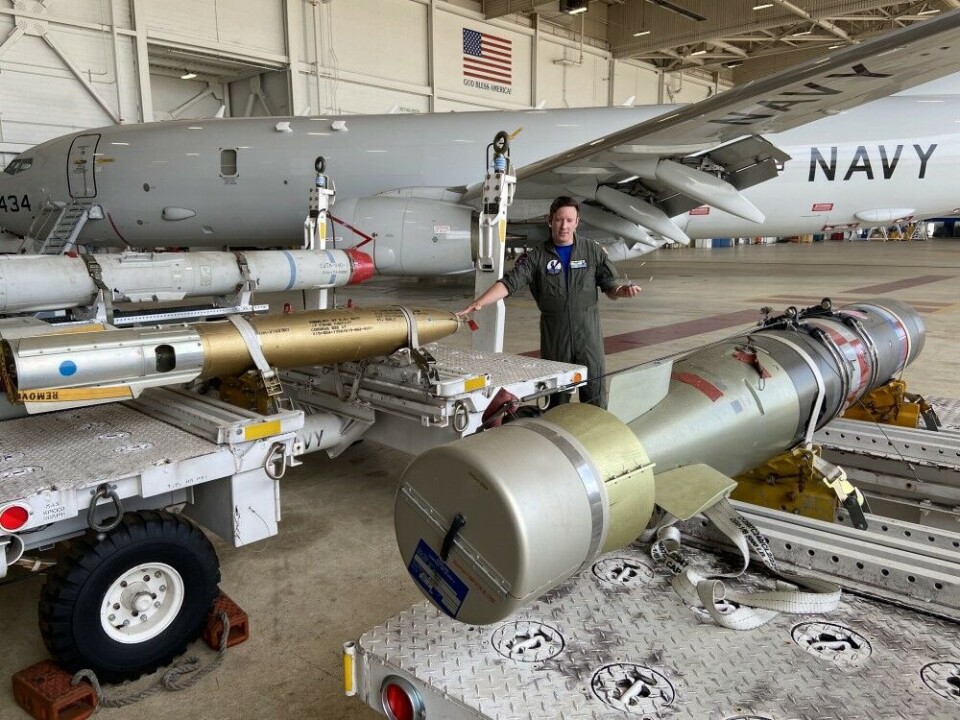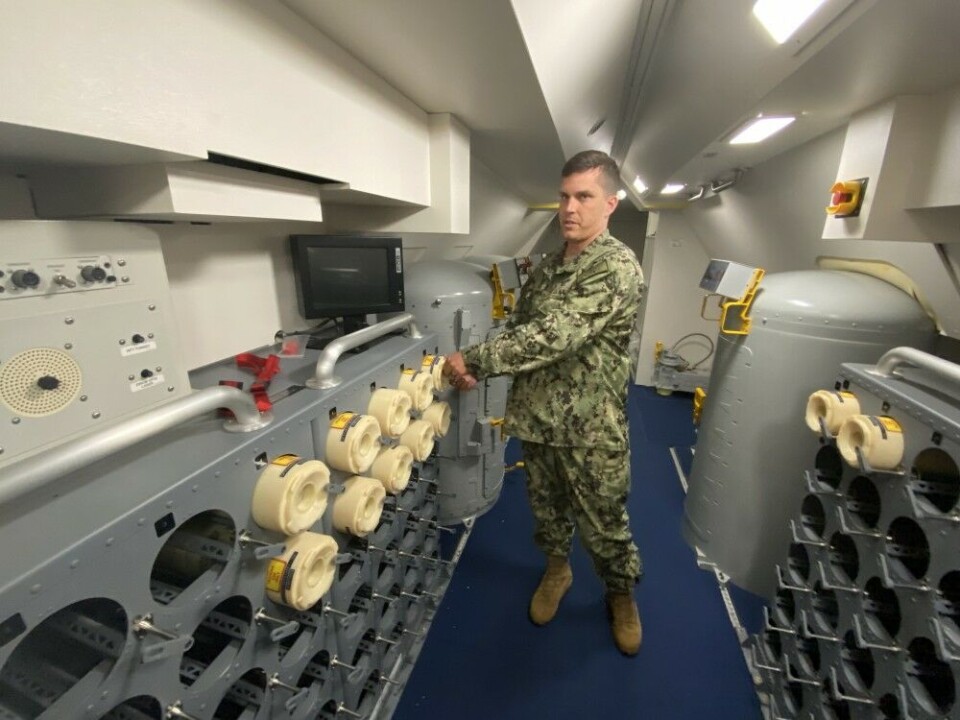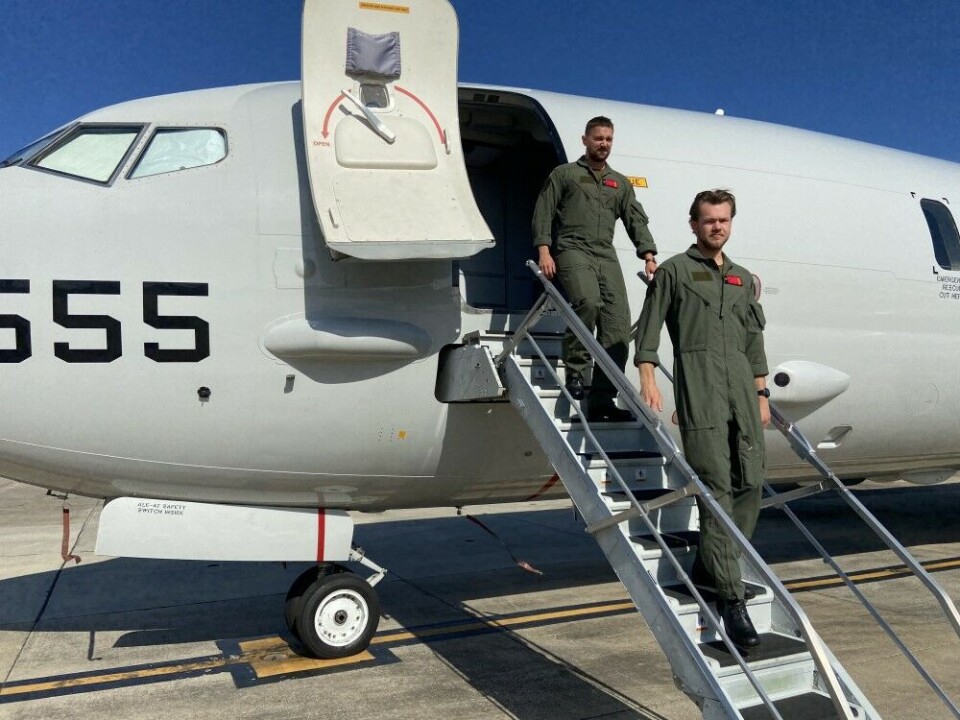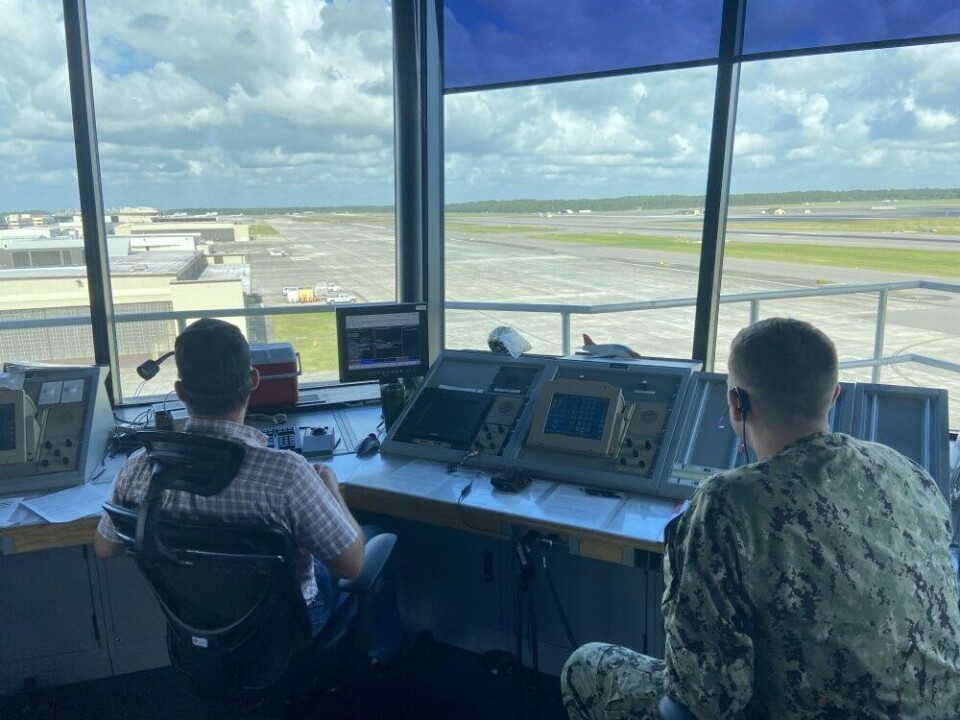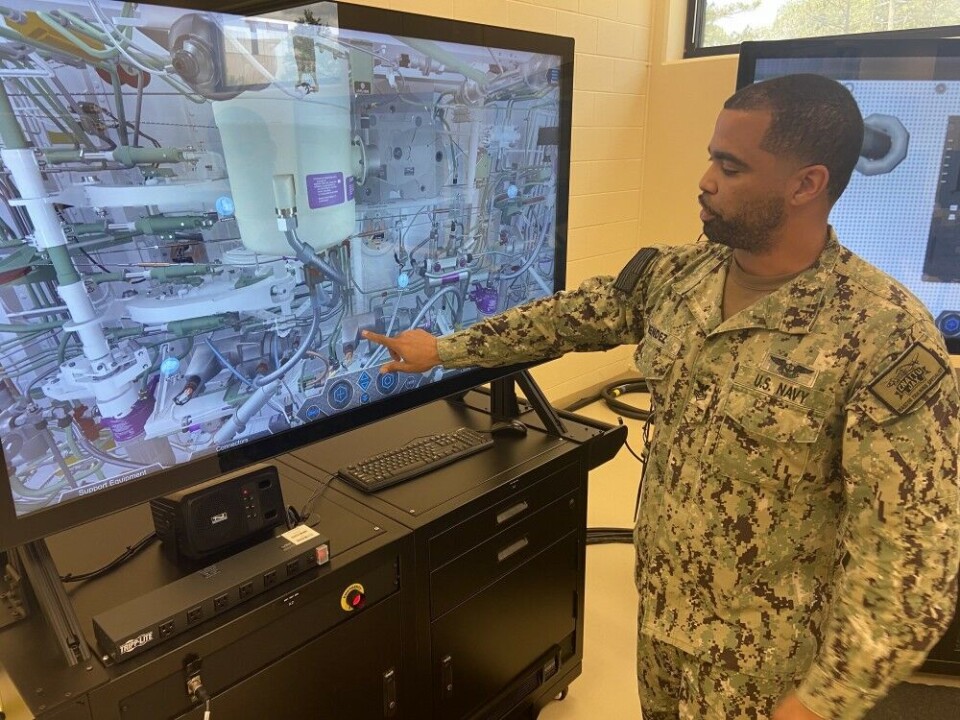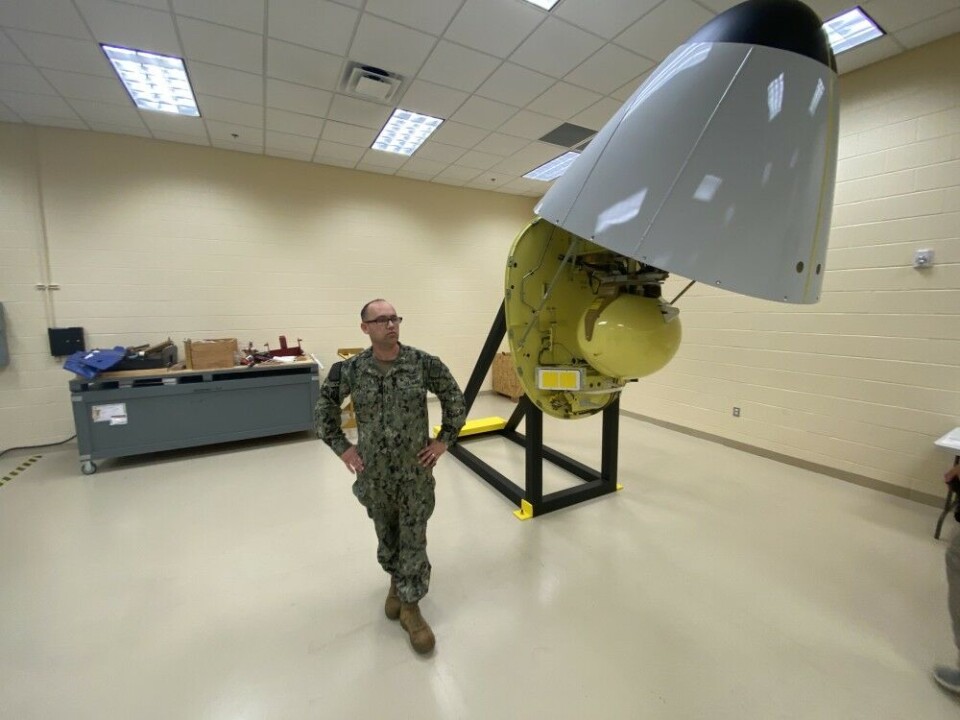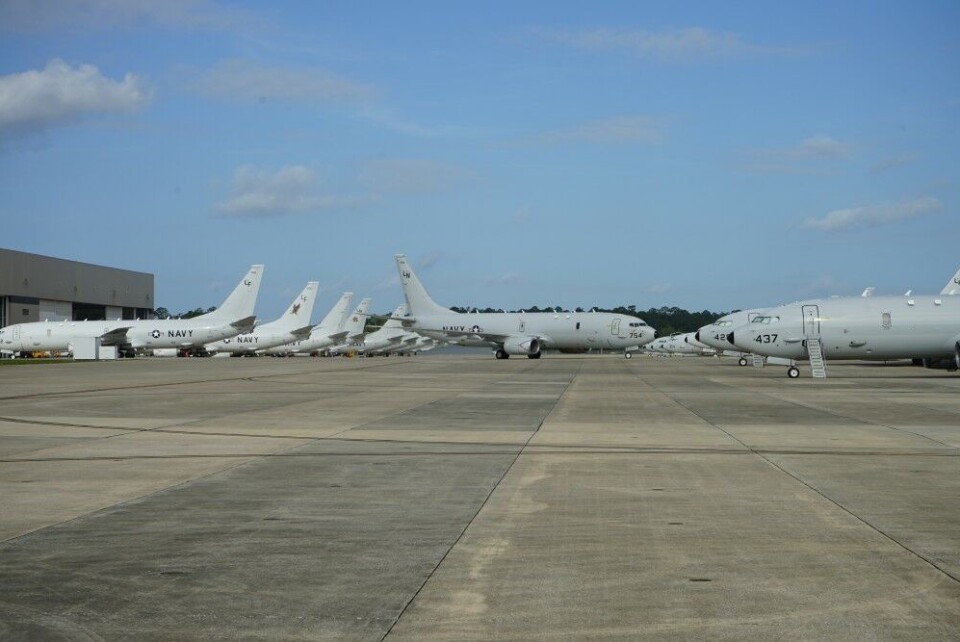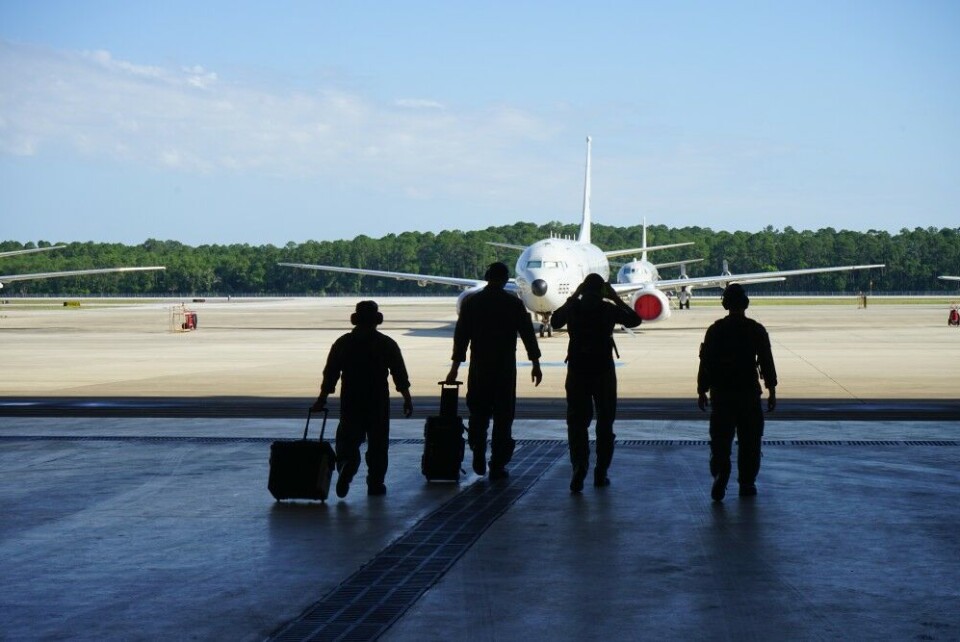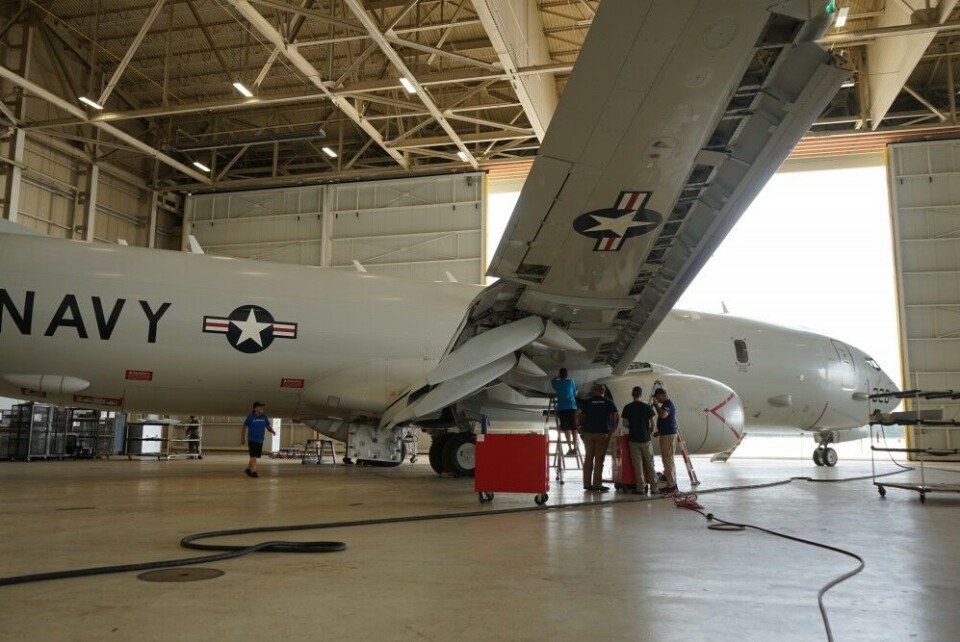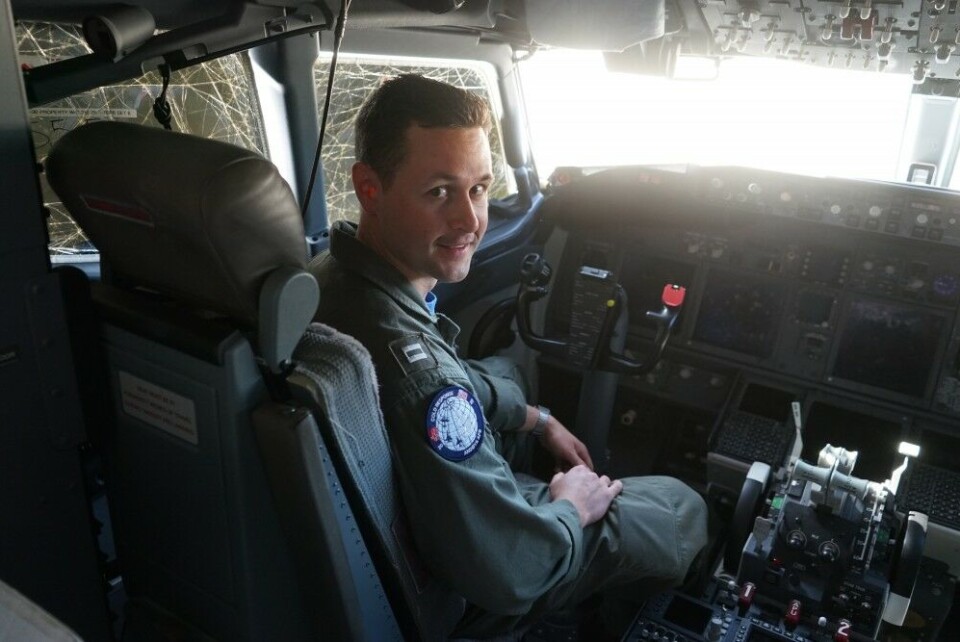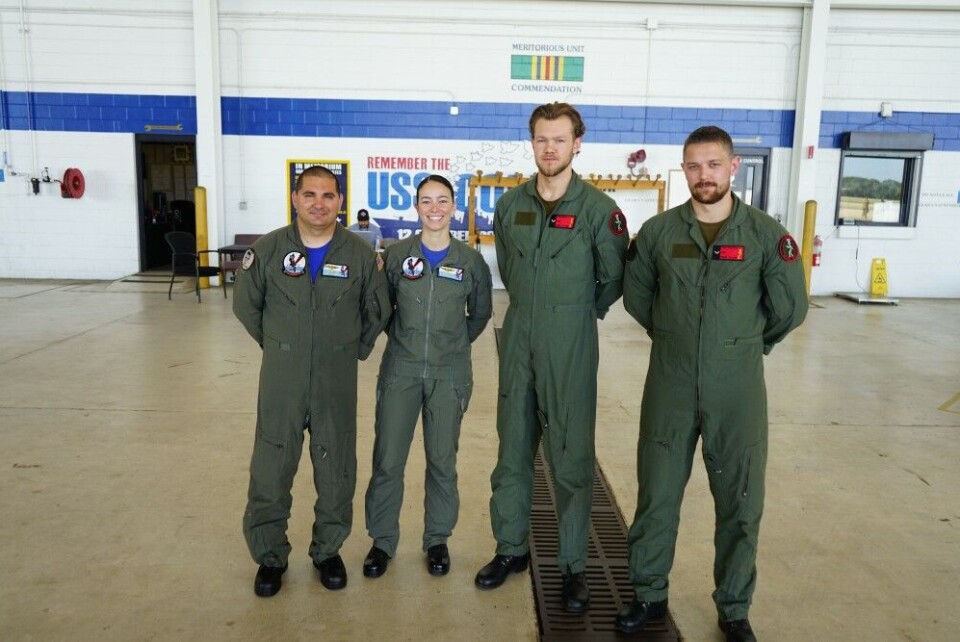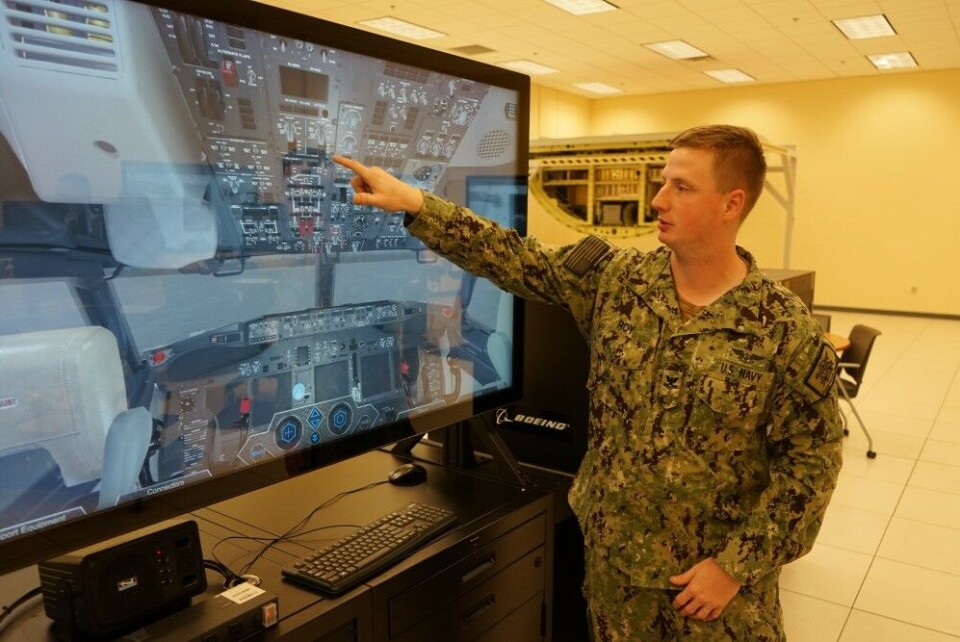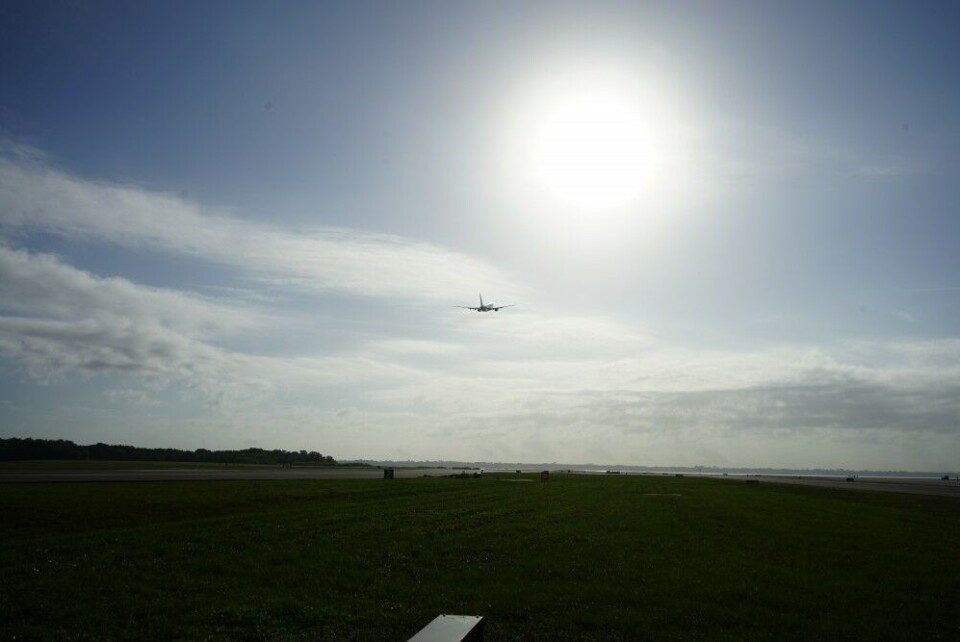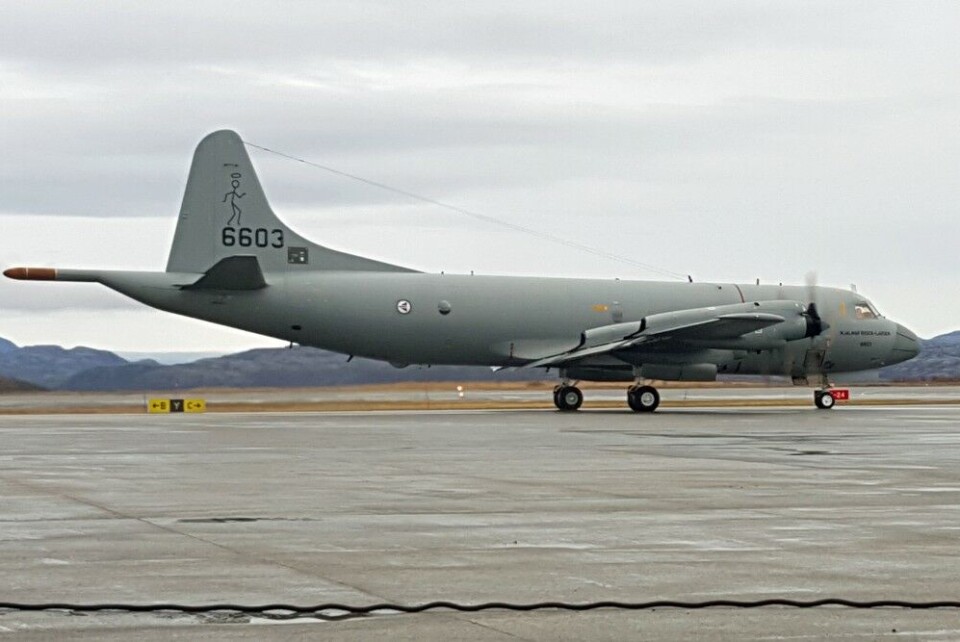
How Norway’s new P-8 Poseidon will counter Russia’s submarine threat in Arctic waters
JACKSONVILLE, FLORIDA: Espen Sollid (21) and Lars Johansen (23) are training to become ‘eyes and ears’ for NATO on board Norway’s new fleet of P-8 Poseidon. Flying out of Evenes airbase inside the Arctic Circle, the aircraft will be the primary tool for keeping track of the Northern Fleet’s new generation multi-purpose submarines prowling in waters from the Kola Peninsula towards the depths of the North Atlantic.
After decades of low tensions, the Arctic is back on the front line of NATO’s efforts to combat Russian naval threats to Trans-Atlantic lines of communication. Biggest concern is what moves down deep: the post-Soviet designed 4th generation Yasen-M class submarines.
“We still want low tension in the high north,” said Minister of Foreign Affairs Anniken Huitfeldt in a speech at the University in Tromsø in May. But, as she underlined, there is before and there is after February 24, 2022. “European security has changed. It could also affect tensions in the High North.”
The rippling effects of Russia’s invasion of Ukraine have been an eye-opener for enhanced security architecture in northern Europe, triggering Finland and Sweden to knock on the door for NATO membership. Norway, though, has already for years watched with concern the military build-up on the Kola Peninsula with Russian navy exercises more frequently taking place west of North Cape, in the Norwegian Sea.
The decision to purchase five Boeing P-8 Poseidon maritime patrol aircraft was taken in March 2017, the same month as Russia launched its first serial production Yasen-M class - the “Kazan” - at the northern shipyard in Severodvinsk. Seven more similar vessels, capable of quietly bringing a deadly load of long-range cruise missiles, are under construction. Those sailing in northern waters will have Zapadnaya Litsa as home port.
The base is a short 60 kilometers from Russia’s border to Norway.
Protecting sea-lanes between North America and Europe, key to enabling the reinforcement in case of war, will become way more difficult if one or more of the Russian subs can slip undetected south in the Norwegian Sea.
The northern coast of Norway with its harsh Arctic climate and polar nights is nothing new for Espen Sollid and Lars Johansen. They are both from Tromsø, a city about three hours drive north of Evenes airport from where the two are set to take off as acoustic warfare operators onboard the new P-8 Poseidon aircraft.
For now, the two Norwegians are undergoing training at Naval Air Station Jacksonville in Florida. 6-7 months of the teaching takes place together with other students from the United States and New Zealand here in Florida, while the second part of the education happens at Evenes.
“The Americans are very good at providing training, on ground and in air,” Espen Sollid explains. Details on how the hi-tech maritime patrol aircraft tactically operates when hunting for Russian submarines are classified, but Espen smiles and says: “We will soon learn to distinguish between the sound of a whale and a submarine.”
Lars Johansen says they are highly motivated for the job. After a year of training, the operators sign a three-year contract with the 333 Squadron of the Norwegian Air Force.
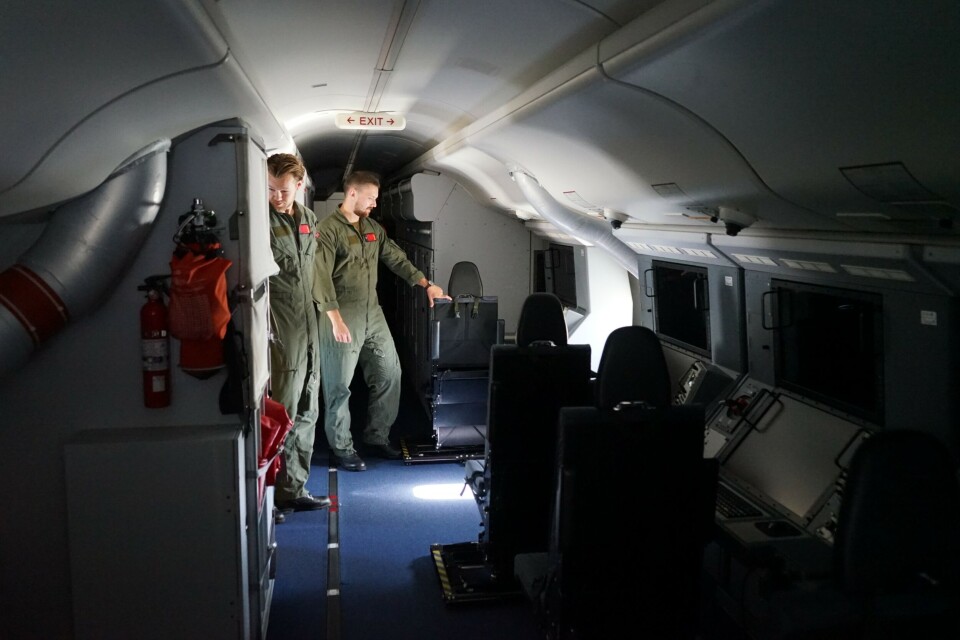
The two first P-8s arrived at Evenes earlier this winter and are now under testing for deploying. Three more will arrive from the Boeing factory in Seattle later this year and in 2023. When fully operational, the P-8s will replace Norway’s three DA-20 Jet Falcon and four P-3C Orion - a turboprop aircraft flying missions over the Norwegian- and Barents Seas since the late 1980s.
New planes, old tradition; the P-8s will like the P-3s continue to fly with The Saint as badge on the tail, a symbol dating back to the spy thriller TV show from the 60ties. Names of the five planes are Vingtor, Viking, Ulabrand, Hugin and Munin. The last two named after the pair of ravens flying all over the world to bring information back to the god Odin in Norse mythology. Norway’s intelligence service, likewise, has the two ravens as symbol.
P-8 is considerably larger than its precursor with capability improvements in all areas of anti-submarine warfare.
For Norway, which has jurisdiction of a sea area almost six times the size of its mainland, range and duration are important. Climate changes bring more ice-free waters north and east of Svalbard, also in mid-winter. Hiding under and near the ice-edge is well-known tactics for the Northern Fleet because the noice from crushing ice helps the sub itself to be undetected. Maritime surveillance flights by the Norwegians do as well take place over international waters far east in the Barents Sea, areas where Russia’s fleet of ballistic missile submarines sail patrols.
Lt. William Sprott flies with the US Navy Patrol Squadron Thirty (VP-30) based at Naval Air Station Jacksonville. He explained the added improvements.
“We can fly faster, higher, longer and do air-to-air refueling. The aircraft carries many more sonobuoys and more weapons,” Lt Sprott said. Onboard, he added, there is software “lightyears beyond” what the P-3 Orion has.
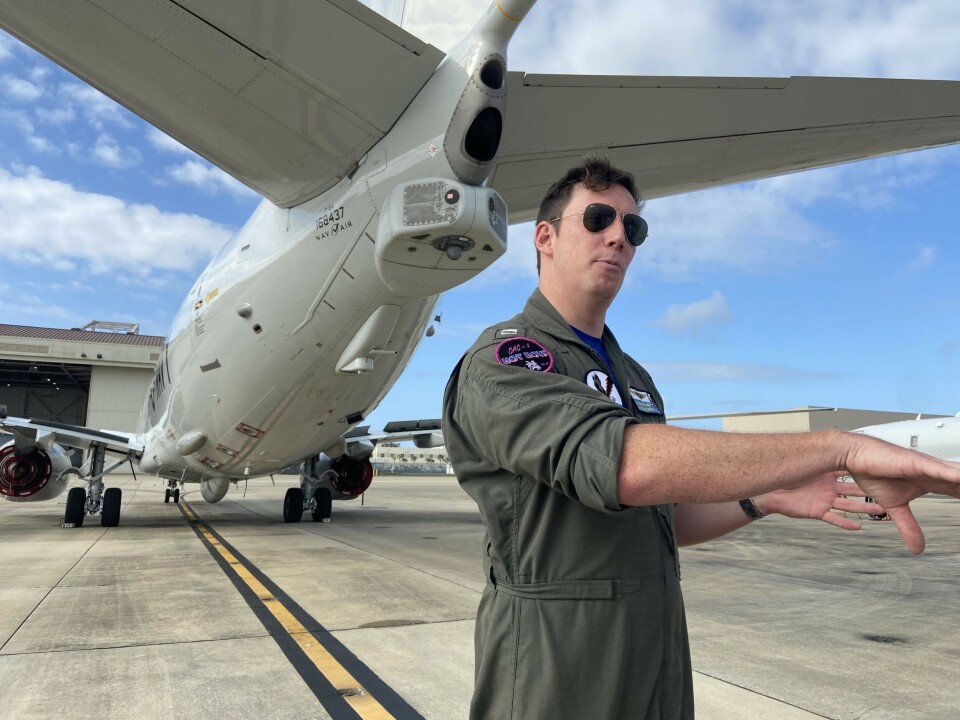
The P-8 will typically fly at 5,000 feet at 350 knots, but could also operate from 20,000 feet depending on the mission of the flight. Compared with the older P-3 Orion, the new aircraft are much less bumpy when flying at low altitudes. The crew can also enjoy more space and even have seats to relax.
Packed in canisters, the 129 sonobuoys are the most important gear onboard and allows the P-8 Poseidon to survey a larger area in search of submarines. A sonobuoy ejected from the plane in an area if a suspected submarine will go down to a pre-programmed depth, somewhere between the surface and a few hundred meters deep in the water.

Data picked up from the sonobuoy transmit via the antenna which remains above the surface directly to the computers onboard the aircraft and are processed by the acoustic and electronic operators in the plane. With several buoys at sea, they will emit acoustic waves underwater and when these waves hit the hull of a submarine, they bounce back so the operators on the plane can detect direction, distance and depth.
The crew can encircle exact location and follow the submarine’s route.
“We can track them all over the world and as deep as they dive,” said Pilot Lt. Montana Marsh to the Barents Observer when asked about any limitations on tracking Russian submarines.
“It depends on temperature in the water and the marine environment,” he added.
It is no secret that sounds go slower in cold water. Up north, where Norway operates, you will find some of the coldest seas on earth. Russian submarine captains have well-developed skills for Arctic navigation and are known for diving to layers where it is easiest to hide and sail undetected.
“It is a cat-and-mouse play.”
Russia’s Yasen-M class vessels are allegedly capable of diving to a depth of 600 meters. While the Barents Sea is shallow with an average depth of 230 meters, the Norwegian Sea to the west reaches a depth of 2,300 meters. In recent years, Russia’s Northern Fleet has conducted exercises more frequently in the naval chock point between North Cape and the Bear Island. This is where the shallow meets the deep.
The P-8 Poseidon can carry two anti-ship cruise missiles on each wing, five torpedoes and other weapons like deep-water bombs in the internal weapons bay and pylons located aft of the main gear. In the nose, the plane has a specialist radar with a range of up to 250 nautical miles. This radar can detect a submarine if only the periscope is above the waterline.
Among the integrated systems are electro-optical and infrared sensors, as well as a digital magnetic anomaly detector to precisely locate the position of a submarine sailing submerged.
In the future, it might also be possible for the P-8s to bring a drone that can be released from the internal bay, fly its own surveillance missions, then return and be caught back to the bay.
Important for Norway in the Arctic is the plane’s search- and rescue (SAR) capabilities that for instance include inflatable life rafts that can be dropped to sea at a site of distress. That be a sinking fishing vessel far from land, a troubled expedition cruise ship in icy waters around Svalbard or along the northeast coast of Greenland. Even a Russian nuclear submarine on fire will get help. In Arctic Seas, all nations’ SAR capabilities have to team-up in case of emergencies.
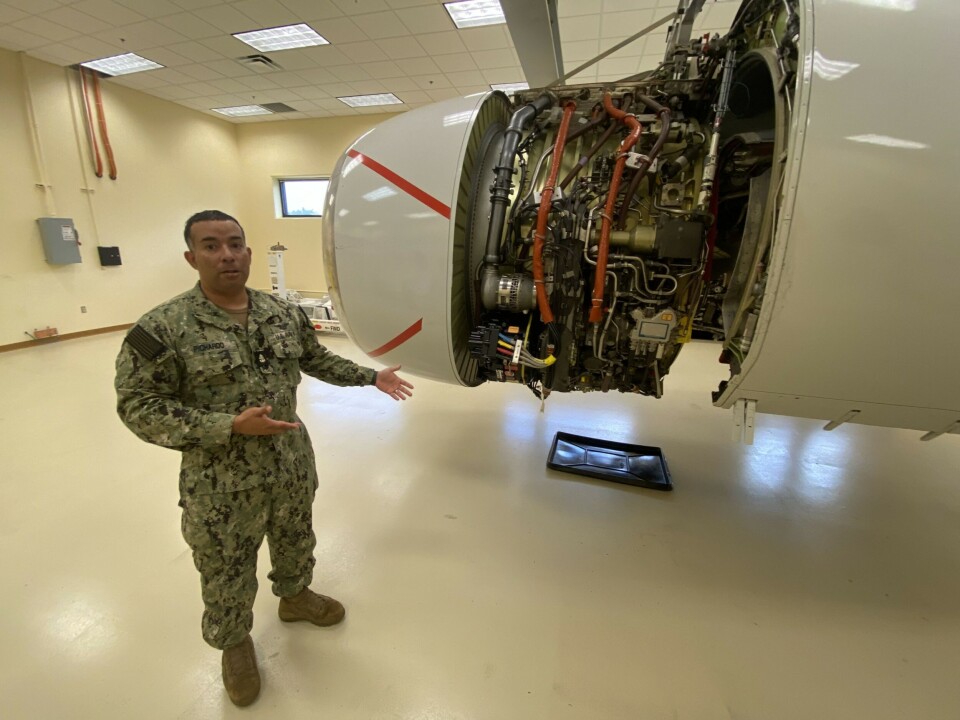
The P-8 Poseidon is based on Boeing’s 737-800 airliner of which thousands are flying commercial routes worldwide. However, with longer wingspan and heavier equipment, the engines boost stronger power.
“Bigger generators in the engines produce about twice the electricity compared with a normal 737 as the P-8 carries more electronics and systems,” said Chief Aviation Machinist Carlos Picardo.
“There are extra fuel tanks onboard for longer durations,” Picardo said. A mission can last for more than ten hours. With aerial refueling options, limitations on time are more on the crew than the plane itself. With three pilots on board, one can rest while two are working in cockpit.
Norway is one of six nations so far that will operate the P-8 Poseidon. The others, in addition to the US Navy, are Great Britain, New Zealand, Australia and South Korea. In the North-Atlantic, US Navy planes fly out of Keflavik (Iceland) covering waters in the northern part of the GIUK gap, while British planes fly North Sea and Irish Sea missions. Norway, covering the northernmost areas, fly missions over the Norwegian Sea, Greenland Sea and Barents Sea.
With NATO’s enhanced focus on interoperability between member states, including systems to exchange and make use of each other’s information, the common use of P-8 as platform for maritime surveillance and submarine hunting provides for larger areas to be covered and better abillity to succeed.

Furthermore, the Norwegian Storting (Parliament) is this spring to ratify a submitted agreement with the United States that provides for rapid deployment of reinforcements in the event of war or crisis. The Supplementary Defence Cooperation Agreement opens for the US to invest in military infrastructure projects in the country, including at Evenes Air Station, from where US Navy P-8s could operate together with the fleet of similar Norwegian aircraft.
Foreign Minister Anniken Huitfeldt argues that the agreement does not entail any changes to Norway’s policy regarding the stationing of foreign forces on Norwegian territory.
“Russia, therefore, has no reason to react to the agreement,” Huitfeldt said. “Reinforcement by Allies is a fundamental component of NATO cooperation, and Russia is well aware of this.”
A Department of Defence official said to the Barents Observer that the agreement is not triggered by any particular fear from Russia’s 4th generation multi-purpose submarines now being deployed to the Northern Fleet.
“The ability to have our P-8 to operate and have the support they need, whether it is in Norway or at Keflavik, or in the United Kingdom is one of the great advantages of working in an alliance. It gives the commander in the field to have choices,” the Pentagon official said, adding:
“Flexibility is invaluable, particularly in times of tensions, […] the more options you have the more unpredictable you can be, giving the advantage of surprise.”
While the United States today provides a comprehensive education of Norwegian P-8 crew at the Jacksonville Naval Air Station, the future with the new agreement could bring more joint training with operational aircraft. From subtropical climate in Florida to freezing cold climate at Evenes Air Base inside the Arctic Circle.
In line with the slogan on the sign in the entrance hall to NATO’s Joint Force Command Norfolk:
“From Florida to Finnmark - From Seabed to Space - Ready to Fight”.
The Norfolk command was established in 2018 as a response to the rising Russian threat and is aimed at securing Trans-Atlantic lines of communication. The same year, U.S. 2nd Fleet based at Norfolk was reestablished with dedicated responsibility for the North Atlantic Ocean.
Putin’s decision to launch a massive unprovoked military attack on Ukraine now brings NATO allies on each side of the Atlantic even closer together; military, technically and geopolitically.
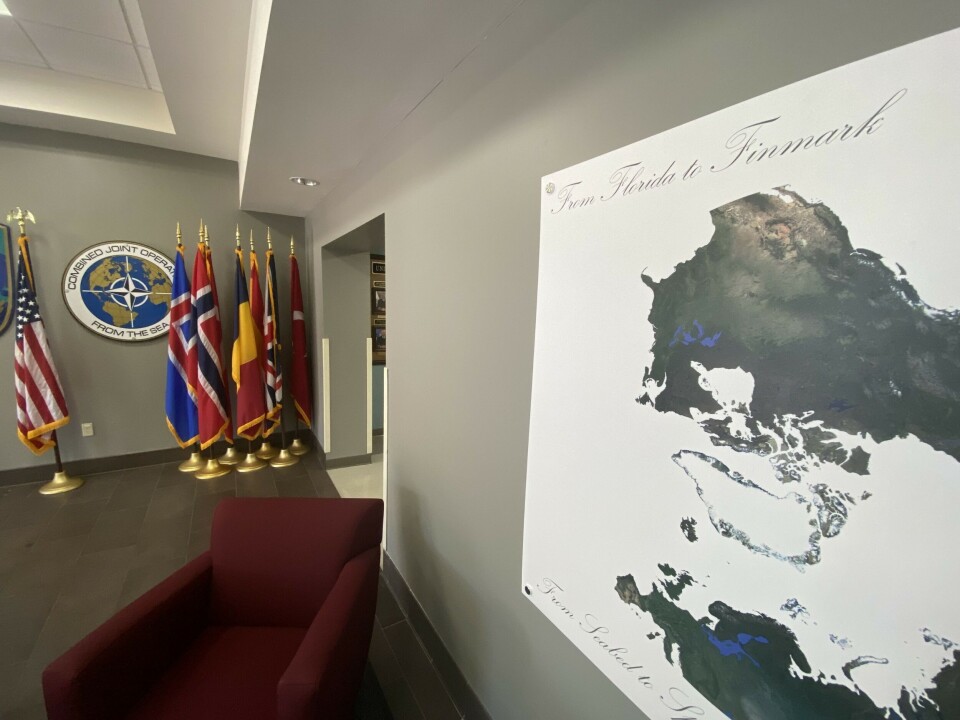
Click on the gallery below to see more photos from Naval Air Station Jacksonville and the P-8 Poseidon aircraft.


